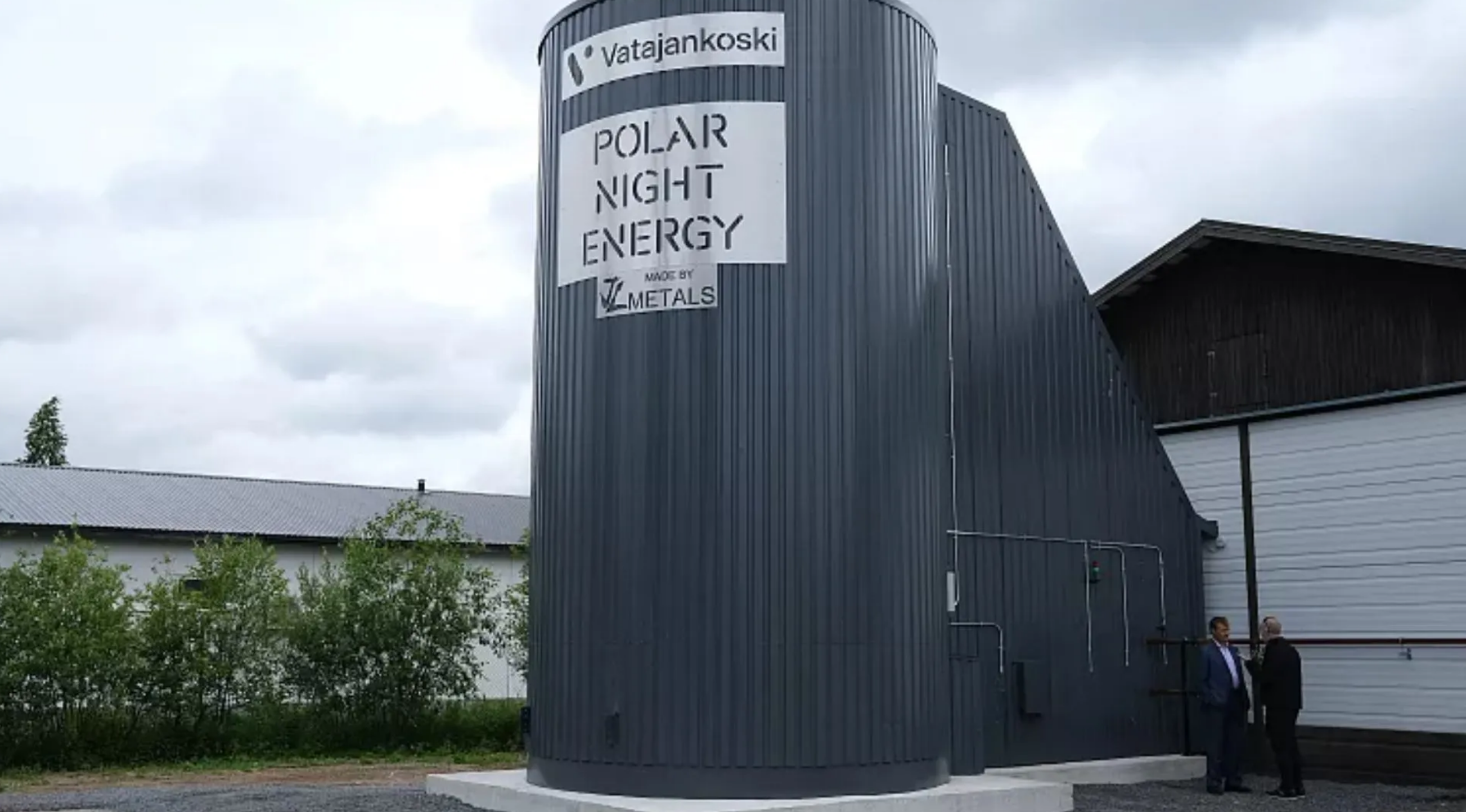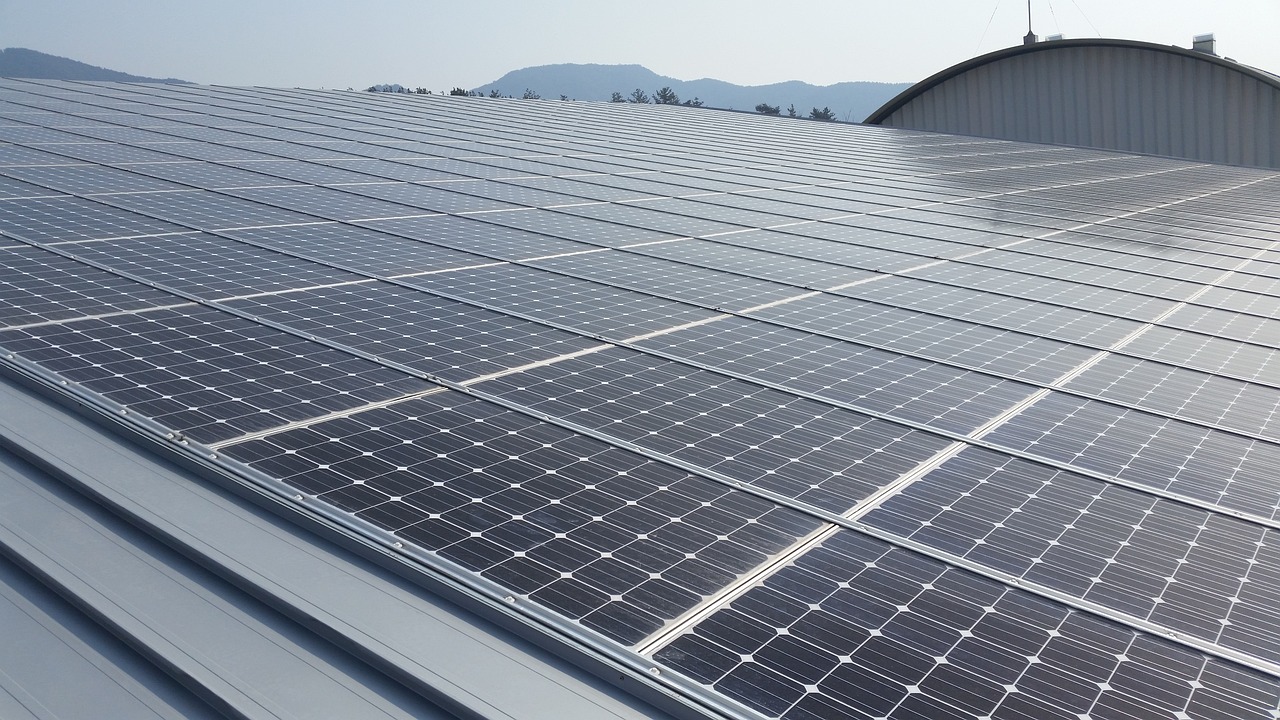The Internet is loaded with tips for workplace safety, but maintaining a responsible workforce takes a lot more than passing out written guidelines to employees. Safety maintenance is an ongoing process that requires regular assessments, qualified supervisors, and discipline when rules are broken.
Fortunately, there are steps that industrial warehouses can take to prevent accidents and avoid the need to discipline employees. This article will introduce you to three of them.
1. Require Pre-Shift Inspection of Forklifts
Responsible forklift operation is only part of the formula for a safe workplace; another part is maintaining equipment functionality. A pre-shift inspection plays a key role here. Not only does it help ensure the safety of the driver and other workers, but it also can lengthen the functional lifetime of the forklift.
A pre-shift inspection should assess the following:
- Fuel gauge and level
- Level of oil
- Level of hydraulic oil
- Level of power shift oil
- Level of battery water
- Visual assessment of battery for unsecure terminals and corrosion
- Level of coolant water
- Visual assessment of fan belt
- Check parking and service brakes for adequate functionality
- Check lights: turn, warning, tail, and head
- Test horn
- Hoisting mechanism: cotters, nuts, and chain bearings
- Examine forks for alignment, cracks and wear to tips and heels
- Test steering
- Test hydraulic systems
- Check tire inflation
- Visually assess fuel, exhaust leaks and oil
Failing to inspect some of these factors, such as steering and the hydraulic systems, can pose a serious threat to the driver and employees. Make sure inspection checklists are readily available. Every day, a list should be filled out, signed, and dated by the forklift operator.
These items should be assessed after forklift use as well. Also, before the driver exits the truck, the controls should be set to neutral and the parking brake should be engaged.
2. Teach Proper Handling of Forklift Loads
In addition to ensuring that equipment is properly maintained, every driver must understand the dynamic risks involved in handling loads. In some warehouses, the shape, size and weight of loads change, and it’s imperative that forklift drivers know how forklift operation adjusts to compensate for these changes.
Visibility is the first concern when it comes to driving a forklift. If a load is tall, the driver might not have a clear view when driving straight. In these cases, it’s best to drive backward while constantly looking in the direction of travel. If the forklift must move forward, a spotter should be in place to direct the driver.
Load stability is another important consideration. Never carry a load that requires another employee to physically stabilize the load as the forklift moves. Also, never carry a load that exceeds the truck’s maximum capacity. One sign of a load that’s too heavy is the rear wheels rise when the load starts to lift. In these cases, set down the load immediately, and either change the lift equipment or reduce the load weight.
To maximize stability, the load should be squarely engaged and centered on the forks. It should rest against the backrest or vertical part of the forks. Also, the length of the forks must always be 2/3 the load length or greater. To prevent the load from tipping forward, the mast must be tilted backward. If necessary, spread the forks before lifting the load. As a rule of thumb, wider usually means better.
3. Assess the Workplace Floor
Not accounting for inconsistencies in the workplace floor can lead to tragic consequences, the most common of which is the forklift tipping over. Unfortunately, this is the most common type of forklift accident, and it’s also the most deadly.
That’s why it’s so important that forklift operators are aware of any slopes, weak areas, ramps, inclines and gradient changes. If it’s in the budget, consider adjusting the floor to create a safer working surface for forklifts.
If supervisors lead by example and keep employees on their toes, risks of injury are greatly reduced. It also helps to make sure employees and supervisors maintain open communication. Make sure forklifts are inspected twice daily, before and after operation, and your company can avoid unnecessary equipment repairs and replacement.





